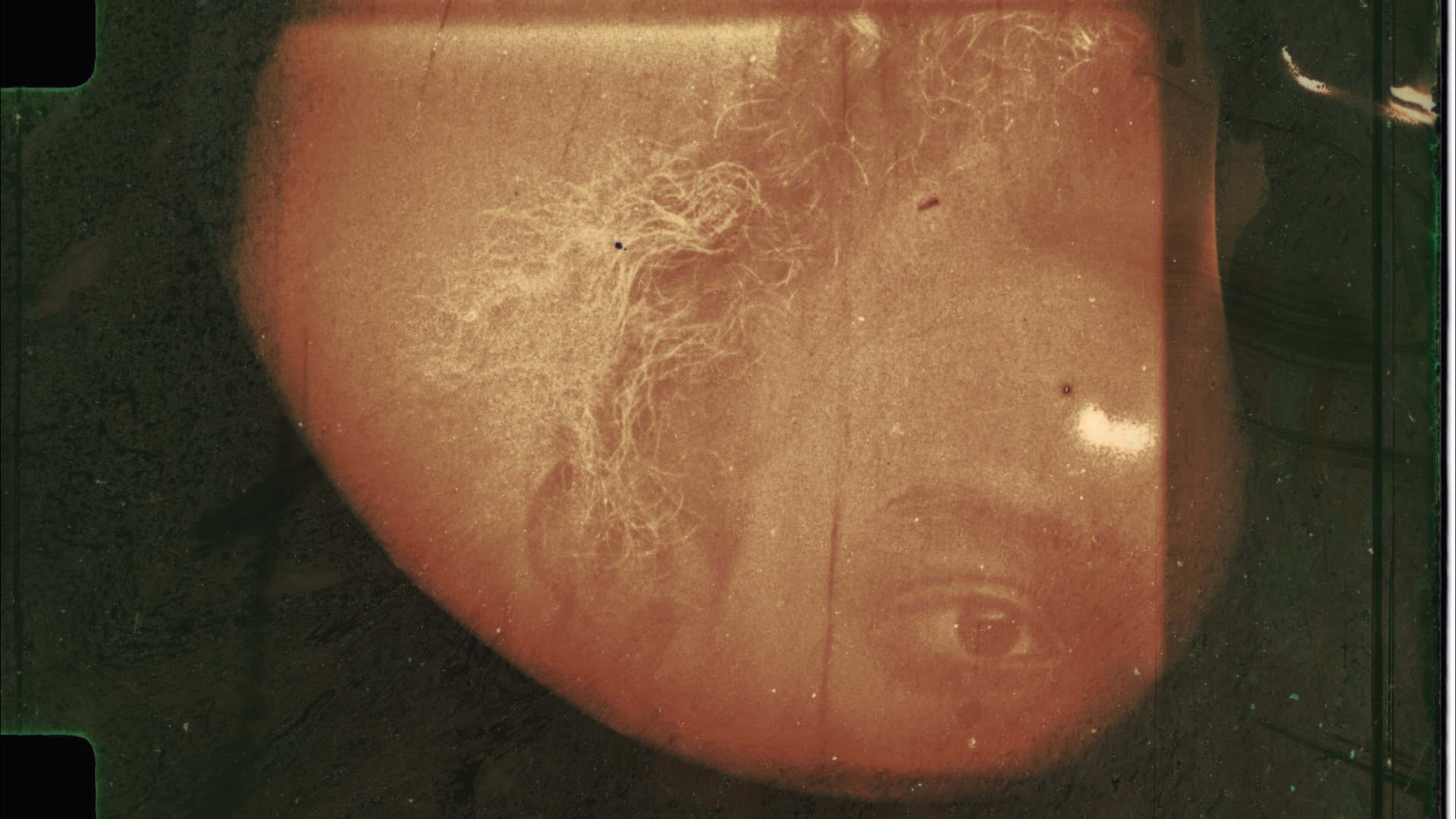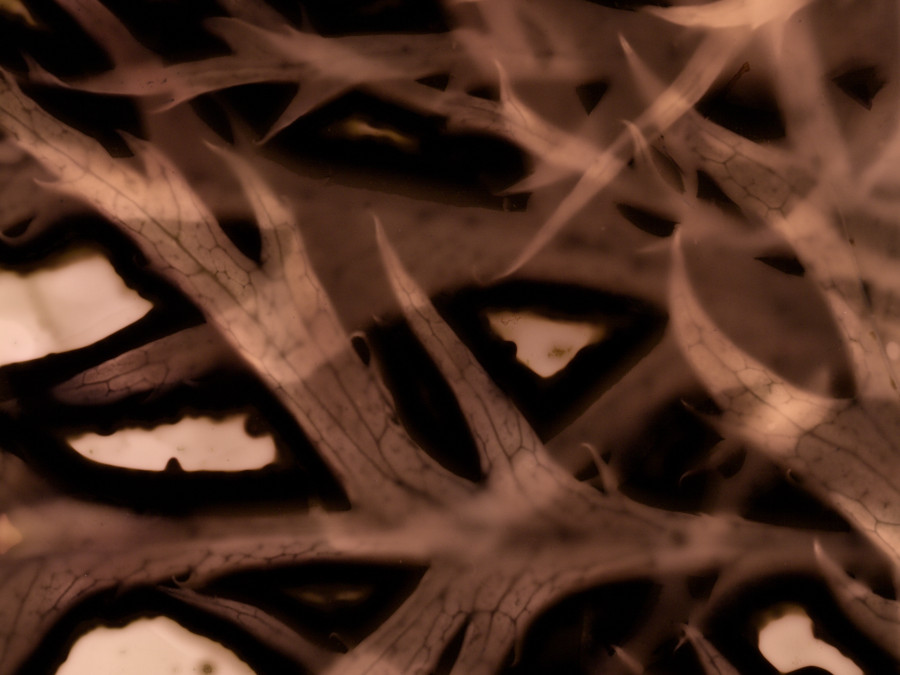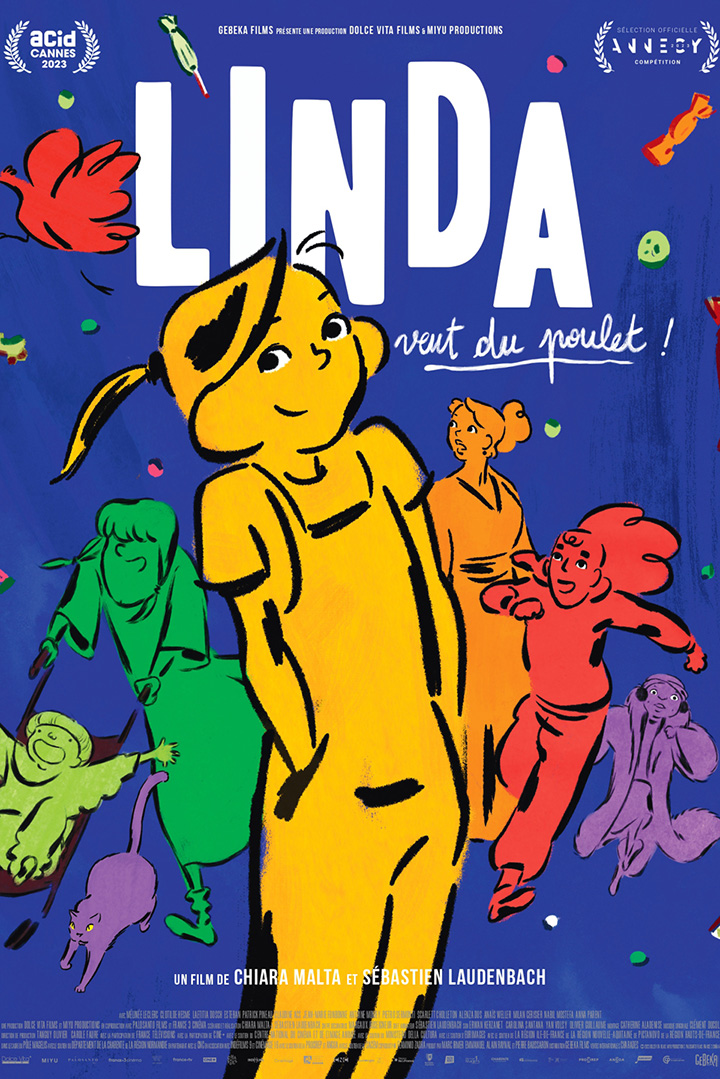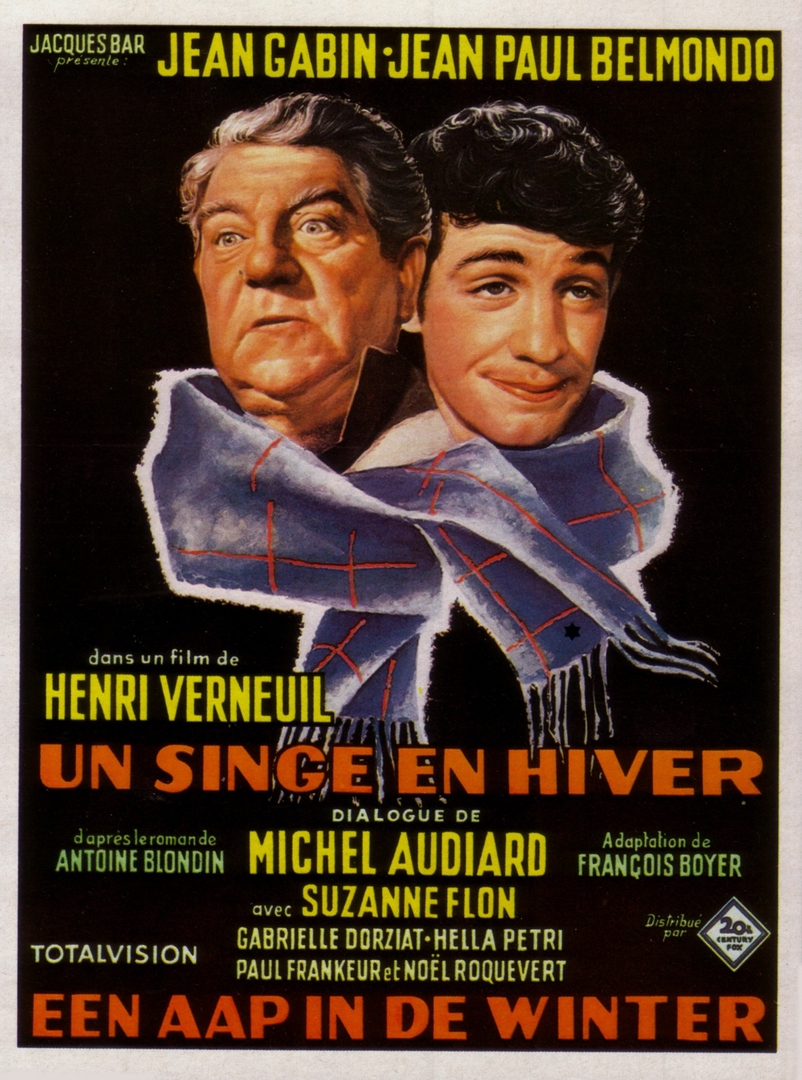Expanded Nature (courts XP)
Ce mois-ci, nous présentons deux séances de cinéma expérimental à l'occasion de la parution du livre Expanded Nature : Ecologies du cinéma expérimental sous la direction de Elio Della Noce et Lucas Murari aux Light Cone Editions. La première réunit des cinéastes qui, alors que notre époque est marquée par l’ampleur des actions humaines sur le reste du vivant (l’Anthropocène), s’engagent dans des pratiques écologiques qui tendent à un décentrement du privilège attribué à l’humain. La seconde est l'occasion de découvrir l'ensemble des films d'Emmanuel Lefrant, le directeur de Light Cone, qui collabore régulièrement la Cinémathèque québécoise.
Présenté en collaboration avec Leadership for the Ecozoic, Critical Media Lab (McGill Anthropology Department), Hors Champ et Visions
Vulnerability, anxiety and lack of confidence are always present, it's the protector inside that allows the functionality to progress. Shield is a hand-processed, hand manipulated and painted film. The use of phytogram is also very present.

ATHYRIUM FILIX-FEMINA , the 2nd "quilt film" paying homage to pioneering female artists, was created using Atkins' original cyanotype recipe, coating 35mm film, and exposing each filmstrip to sun. The images are a combination of botanical photograms like Atkins’ images and found footage that tells the story of a young girl tormented by a gang of bullies that, weaved together, produce a feminist narrative that questions malecentrism within the history of the photographic arts and sciences.

At this time even the flowery wars are ready to begin and the flowery atavism begins to flash. The flowers, the skulls, the moon and the sun are ready for the sacrificial trance. Part of the Film Tonalli.

“Animists are people who recognise that the world is full of persons, some of whom are human, and that life is always lived in relationship with others.”—Graham Harvey, Animism A trance dance water implosion, a newer line drawn between secular possession and religious phenomena. Filmed in one shot at a sacred site on the Upper Suriname River, the minor secrets of a Saramaccan animist everyday are revealed as time itself is undone. Rites are the new trypps; embodiment is our eternal everything.—Ben Russell

A PERFECT STORM is a landscape film or, more precisely, a landscape imprinted on the film's emulsion. The artist has used seeds, tiny composite flowers and other small elements of cultivated plants that grow in his garden and wild plant species gathered from a nearby nature reserve.

I buried a 100-foot 35mm negative film under fallen leaves alongside a country road, which was about 25 km away from the Fukushima Daiichi Nuclear Power Station, from the sunset of June 24, 2014, to the sunrise of the following day. The night was beautiful with a starry sky, and numerous summer insects were singing loud. The area was once an evacuation zone, but now people live there after the removal of the contaminated soil. This project is made possible with funds from the Media Arts Assistance Fund, a regrant program of the New York State Council on the Arts, Electronic Media and Film, with the support of Governor Andrew Cuomo and the New York State Legislature; administered by Wave Farm.

In this film David Dudouit reworks some Super8 images filmed on the île de Sein. Using an optical printer he compose three paintings in black and white of a blazing beauty.

In this film we move away from the notion of a work preconceived to ajust the visual characteristiques of the image in order to allow us to enter the temporal dimension of a pond full of frogs. In front of such creatures that tend to be elusive there arises a question of more general interest as to how can one record moments that are meanful, how can one render visible, present a moment that is alive and connect the items forming the different recorded moments up together ?

An imagining of a bee’s eye view of a spring day in Golden Gate Park. A primitive, home-made camera reveals a world of vibrant, frenetic color, racing between flowers and losing itself in the revelry of survival and sunshine.

Colour, light and shadow shift across the surface of the forest as the period of a year is condensed into minutes. Aspect is filmed in a forest over the period of a year. Using photographic techniques, such as time-lapse and long exposures on single film frames, the forest year is condensed into a few minutes. Light, colour and shadow travel across its surface and the film shifts between seeing the trees as trees and seeing the movement of light and shadow abstracting the real environment. Fragments of unconscious forest sounds, ants in their anthill, the wind across the forest floor, the crack of a twig are reconfigured into an audio piece by Benedict Drew, that articulates the film (and the forest) in an illusive and ambiguous way.

An upside-down time-lapse camera is moved frame by frame on a track along a beach inverting the ground and the sky. The camera moves through four shots recorded in different weather conditions. The result is a mysterious and disorienting space in accelerated time, where the originally solid ground at the top of the frame appears to be sliding past like a lava-stream.* Proximity* was shot on Super16mm film, on location in North Jutland, Denmark. Made for Animate! First screened on channel 4, UK, December 2006

The camera films a park landscape through the blades of a small, hand-built windmill. Each of the eight blades was covered in mirrored plastic. The film was shot on a windy day in the park, with three 100-foot takes being shot on the same day. The camera angle remained the same throughout. Variations in wind speed and direction cause a constantly shifting relationship between the landscape in front of the camera, as seen between the blades of the windmill, and the reflection of the camera with the landscape behind it. The rhythm of this movement between foreground and background is created by variations in the strength and direction of the wind.

This film was made using time-lapse, in a single take on an Arizona road from dawn to dusk for 14 hours. Facing west, Beydler held a small mirror in his right hand, which was framed by the east-facing camera. An intervaler controlled the camera, triggering an exposure every six seconds. We stopped filming because of the darkness.





